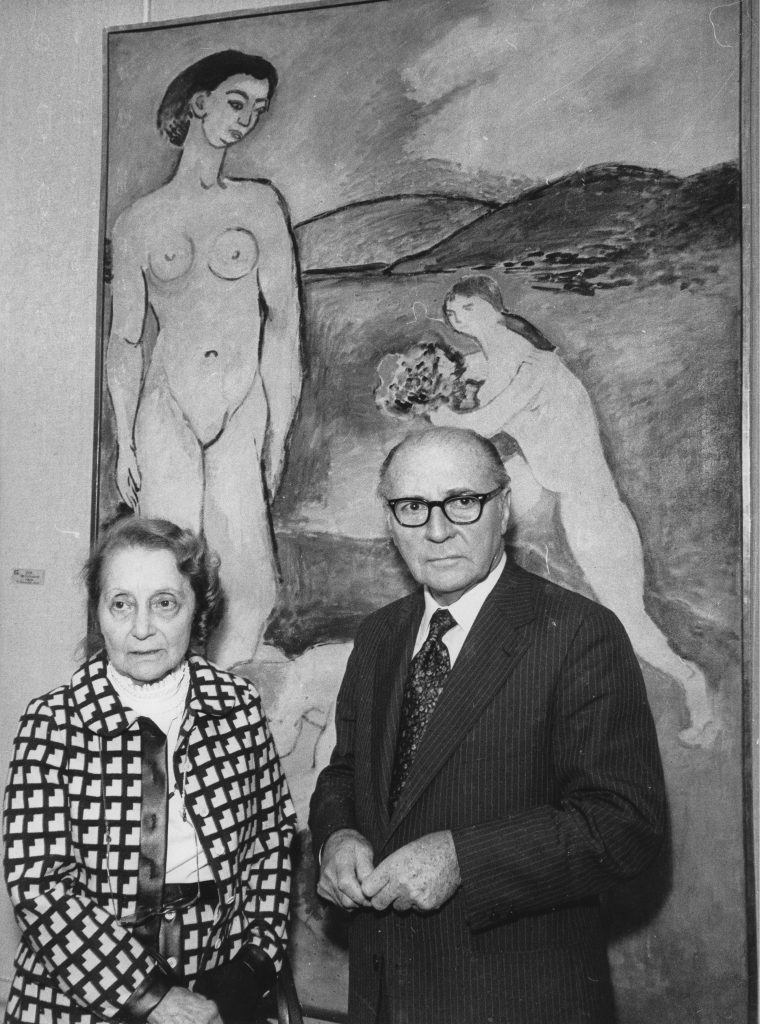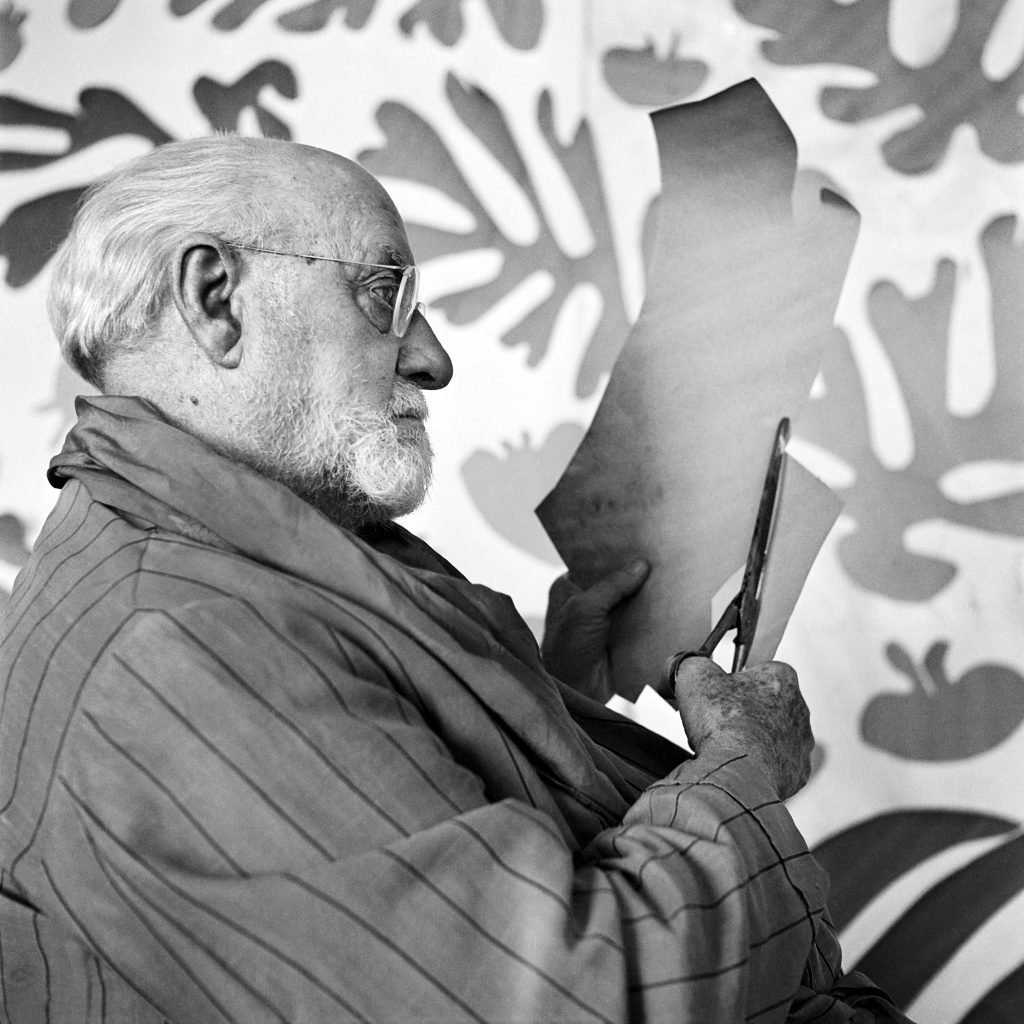Art World
Art Bites: Why Don’t We Ever Talk About the Other Matisse?
Henri’s daughter was his muse, cataloguer, and a war-time resistance fighter.

Henri’s daughter was his muse, cataloguer, and a war-time resistance fighter.

Verity Babbs

Henri Matisse was born in 1869 and became one of art history’s most famous figures. His masterpieces, from early Fauvist works through to his cut-outs period which he viewed as “cutting into pure colour,” are held in many of the world’s most major collections. He had three children, all of whom featured in his paintings, but none so much as his eldest daughter Marguerite.
Marguerite Matisse was born in 1894. Her mother was the model Caroline Joblau (known as Camille) with whom Matisse was in a relationship before marrying Amélie Noellie Parayre, when Marguerite was four years old. Marguerite was raised by her father and Amélie alongside her two half-brothers Jean and Pierre. She featured many times in her father’s paintings, and two portraits of her are held in the collection of the Metropolitan Museum of Art.
During the Second World War, Marguerite, her half-brother Pierre, and her stepmother (who had separated from Matisse in 1939, partly due to relationship conflict caused by the presence of Matisse’s new assistant Lydia Delectorskaya) were actively supporting the French resistance effort. Pierre had moved to New York at 24 and established a successful art dealing career, introducing European artists including Marc Chagall, Leonora Carrington, Le Corbusier, and Alberto Giacometti to American audiences.
Pierre assisted Jewish artists attempting to leave occupied France, and his 1942 exhibition Artists in Exile featured the work of 14 artists who had fled Europe, including Piet Mondrian, Max Ernst, and Chagall. Amélie worked as a typist for the underground publication (while Marguerite assisted as a courier), which resulted in her being incarcerated for half a year. Matisse stayed in Nice, writing to his son: “If everyone who has any value leaves France, what remains of France?”
Marguerite was an active member of the French Resistance, which led to her being captured and tortured near fatally by Gestapo officers in a prison in Rennes, before being ordered to the women-only Ravensbrück concentration camp, fewer than 60 miles north of Berlin. The train to Ravensbrück on which Marguerite was traveling was brought to a halt by an Allied Forces air raid, which gave her the opportunity to escape by hiding in the woods, before being rescued by other Resistance members. In 1945 Matisse wrote about seeing Marguerite following her escape: “I saw in reality, materially, the atrocious scenes she described and acted out for me.”

Henri Matisse and his “cut-outs” at his studio in Nice. Photo by Raph Gatti/AFP via Getty Images.
In 1923 she married the art critic Georges Duthuit, whom she had met during his military leave in Issy. Duthuit had first seen Matisse’s work in 1907 at the Salon des Indépendents and wrote extensively about his father-in-law’s practice. However, when the critic cheated on Marguerite with Georgia Sitwell—the wife of the critic Sacheverell Reresby Sitwell—Henri Matisse demanded that he never again write about his work.
Marguerite spent much of her life cataloguing the work of her father and collaborating with students of his work. She was at her father’s side when he passed away, along with Delectorskaya, who the biographer Hilary Spurling said, then “left immediately with the suitcase she had kept packed for 15 years.” When Marguerite died of a heart attack in 1982, she was working on a near-completed catalogue of Matisse’s works. She and Duthuit are buried together in Nice, and share a sculptural headstone in the shape of an abstract geometric flower.
What’s the deal with Leonardo’s harpsichord-viola? Why were Impressionists obsessed with the color purple? Art Bites brings you a surprising fact, lesser-known anecdote, or curious event from art history. These delightful nuggets shed light on the lives of famed artists and decode their practices, while adding new layers of intrigue to celebrated masterpieces.